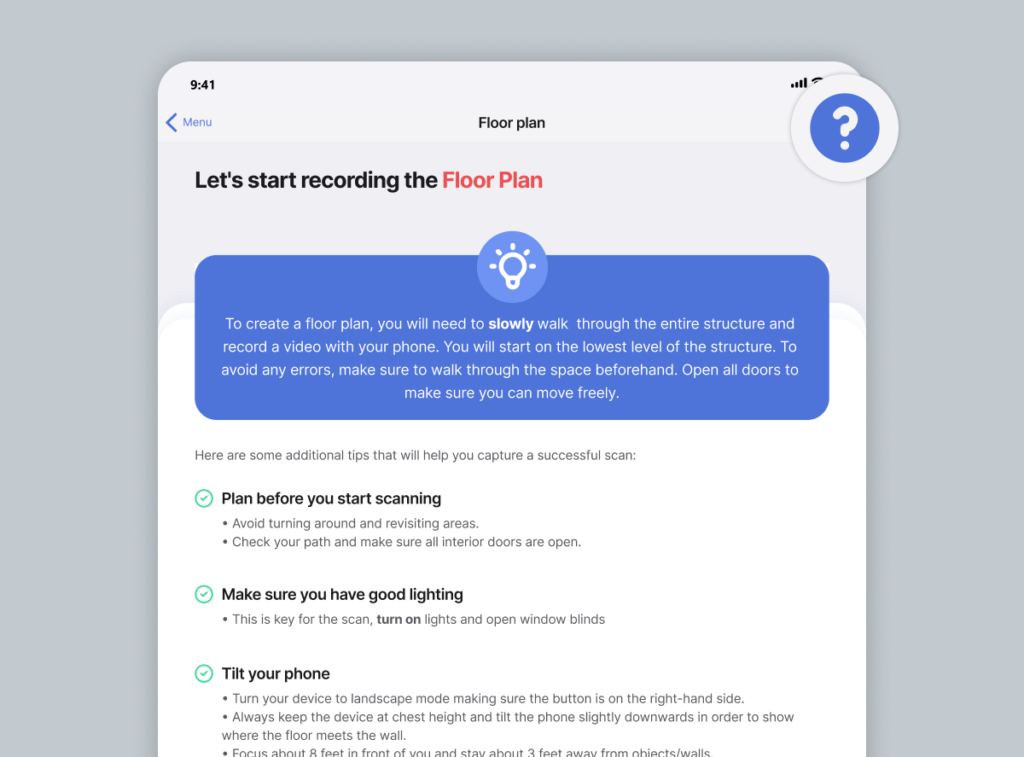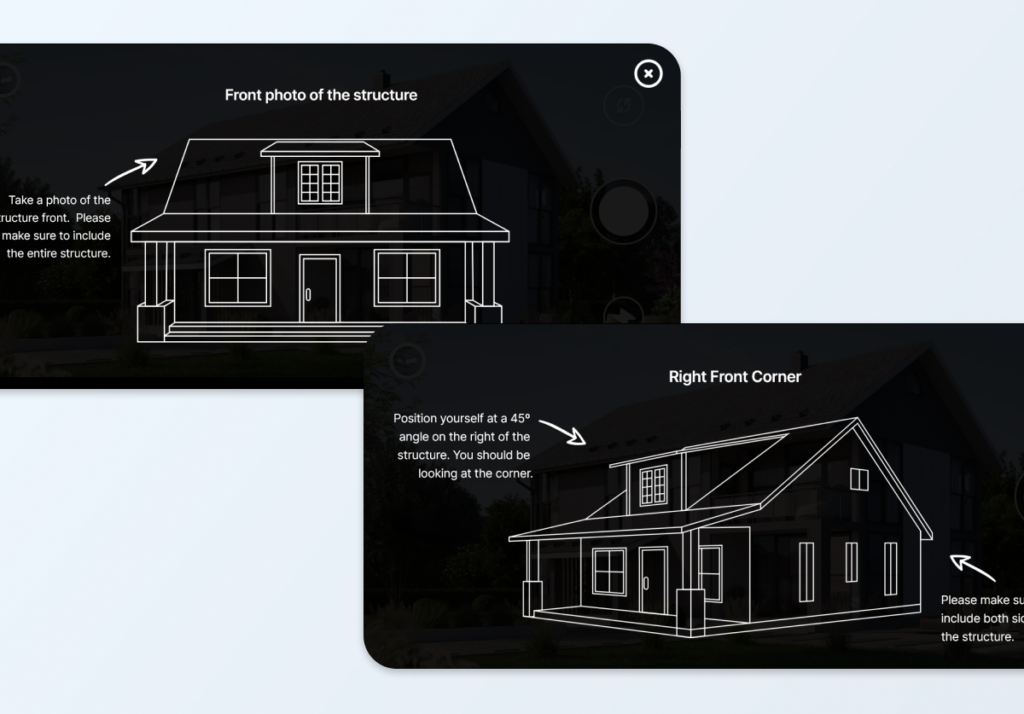Our objective as a digital product design company is to create products that not only work well but also provide a seamless and enjoyable user experience. To accomplish this, we employ Nielsen’s 10 Heuristics. Discover more about them here, and join us as we analyze the 10th heuristic, Help and documentation, below.
Even though we are digitally savvy, we all can need help at some point. Whether it’s a specific function or a new feature, or even just to clarify existing actions that we often take, we sometimes need to take a quick look at the product’s documentation to sort things out.
Let’s be clear: it’s much better when we can use the system without recurring to the help section. But when we do need it, we’d rather it’s easy to read and answers our questions. In this line, Nielsen’s 10th heuristics tells us that:
“Even though it is better if the system can be used without documentation, it may be necessary to provide help and documentation. Any such information should be easy to search, focused on the user’s task, list concrete steps to be carried out, and not be too large.”
Digital products usually include at least one of two different types of help: proactive and reactive. Let’s examine the differences between them and understand their use cases.
Proactive help: avoiding issues
By providing the user with the correct information at the right time, we eliminate -or at least highly reduce- the occurrence of problems. The main goal of proactive help strategies is to familiarize users with the interface they’re using, and there are 3 types of users that benefit the most from it:
- New users
- Novice users as they gain proficiency -especially in complex applications-
- Existing users in a newly redesigned interface
Two main types of help can be given to users proactively: push revelations and pull revelations. The main difference between them is the individualization of the user context.
Push revelations are a way to provide assistance that isn’t directly related to the user’s goals. It pushes content (hence its name), with no regard to what the user is trying to accomplish.
They’re often positioned in a way that obstructs the user from interacting with the app. This, along with the fact that they might include irrelevant tips for the task the user is performing, makes users ignore them often. And this is actually better since they stall users from accessing and navigating the UI. They can also become a bother for experienced users, so it’s important to always include a way to skip them.
Pull revelations, meanwhile, show contextual tips that are relevant to the user’s tasks. Some ways of implementing them include tooltips, contextual overlays or wizards. It’s less likely that users will ignore pull revelations since they help them complete the tasks they’re focusing on.
Some tips for proactive help, no matter the type of revelation, are:
- Keep it short and sweet. Include only timely, informative and relevant information in a short presentation.
- Pull over push. Favor pull revelations, since it makes content accessible without forcing users into it.
- Use them for different purposes. Use push revelations for information that is likely to be needed, no matter the context, and pull revelations to provide timely help content relevant to the user’s task.
- Make it available elsewhere. All proactive help should be accessible at a certain location. After navigating the UI, some users might have questions -especially if it’s a complex application- so allowing them access to proactive help content is beneficial for them.
Let’s go over some examples of our own work at Arionkoder:



Reactive help: mitigating issues
This type of help is usually pursued when users have an issue they need to address and can include FAQs, tutorials, documentation, videos and other materials. Its main goal is to answer questions, troubleshoot problems or provide detailed documentation for those who want to become expert users.
Some tips to offer reactive help include:
- Ensure documentation is comprehensive and detailed. Including just obvious information will not be enough, since the users who take the time to read documentation are probably looking for help for a specific problem.
- Support scanning by writing according to web rules. Group content together, display it using visual hierarchy, highlight keywords and add bullet lists. This helps users who are on a hurry to solve their issue.
- Add graphics and videos that help visual learners.
- Optimize your documents for search, so you can help users in a rush find their solution at speed. If you’re including search capabilities, ensure they’re fully functional.
- Group information topics into relevant categories. This helps gather information on a single topic.
- Highlight top content that is frequently visited. Additionally, use this information to reflect on how to improve a certain part of your app if you notice a trend towards needing additional information about it.
Help and documentation are a big part of user experience, and while they aren’t usually fun, they can be a real life-saver. If you think of user problems as learning opportunities, then those problems are also an opportunity to impact information and grow the user’s mental model.
This is the last article on our exploration of Nielsen’s heuristics! We hope you enjoyed the ride. And remember Arionkoder helps you create innovative products that delight your users. Reach out to us today to discover everything we can accomplish together!
